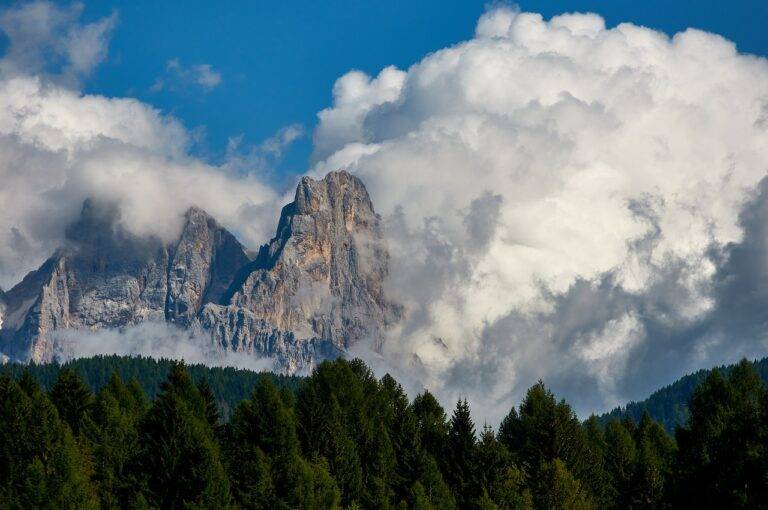Exploring the World’s Great Rivers: Cruising and Adventures Along Majestic Waterways
The Amazon River, winding its way through the heart of South America, is a haven for wildlife enthusiasts seeking adventure and discovery. This vast river basin is teeming with an incredible array of plant and animal species, making it a paradise for those fascinated by the wonders of the natural world.
Exploring the Amazon River offers a unique opportunity to witness exotic creatures in their natural habitat, from colorful macaws soaring overhead to elusive jaguars prowling through the dense jungle undergrowth. Each bend of the river reveals new surprises, captivating the imagination and leaving visitors in awe of the rich biodiversity that thrives along its banks.
The Historic Nile River: Discovering Ancient Civilizations
The Nile River, stretching over 4,100 miles in length, has long been a cradle of ancient civilizations. Its waters have sustained communities for thousands of years, leading to the rise of powerful kingdoms and remarkable advancements in architecture, agriculture, and trade. Along the banks of the Nile, remnants of the magnificent temples, tombs, and palaces of the pharaohs still stand as testaments to the ingenuity and grandeur of the ancient Egyptian civilization.
Explorers and archaeologists continue to be captivated by the mysteries hidden within the depths of the Nile River. From the Great Pyramids of Giza to the Valley of the Kings, the Nile Valley is a treasure trove of historical wonders waiting to be uncovered. Each discovery sheds light on the rich tapestry of tales woven by the people who once thrived along the banks of the mighty Nile, offering a glimpse into the past and a deeper understanding of the ancient world.
How long is the Nile River?
The Nile River is approximately 4,135 miles long, making it the longest river in the world.
What ancient civilizations thrived along the Nile River?
The Nile River was home to several ancient civilizations, including the Egyptians, Nubians, and Kushites.
Why was the Nile River so important to these ancient civilizations?
The Nile River provided a source of water for agriculture, transportation, and trade, making it essential for the development of these civilizations.
What famous landmarks can be found along the Nile River?
Along the Nile River, you can find iconic landmarks such as the Great Pyramids of Giza, the Temple of Karnak, and the Valley of the Kings.
How has the Nile River influenced modern society?
The Nile River continues to play a vital role in modern society, providing water for irrigation, hydroelectric power, and transportation in Egypt and other countries along its banks.





